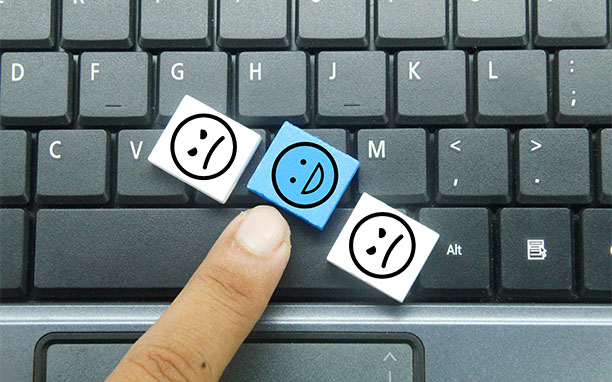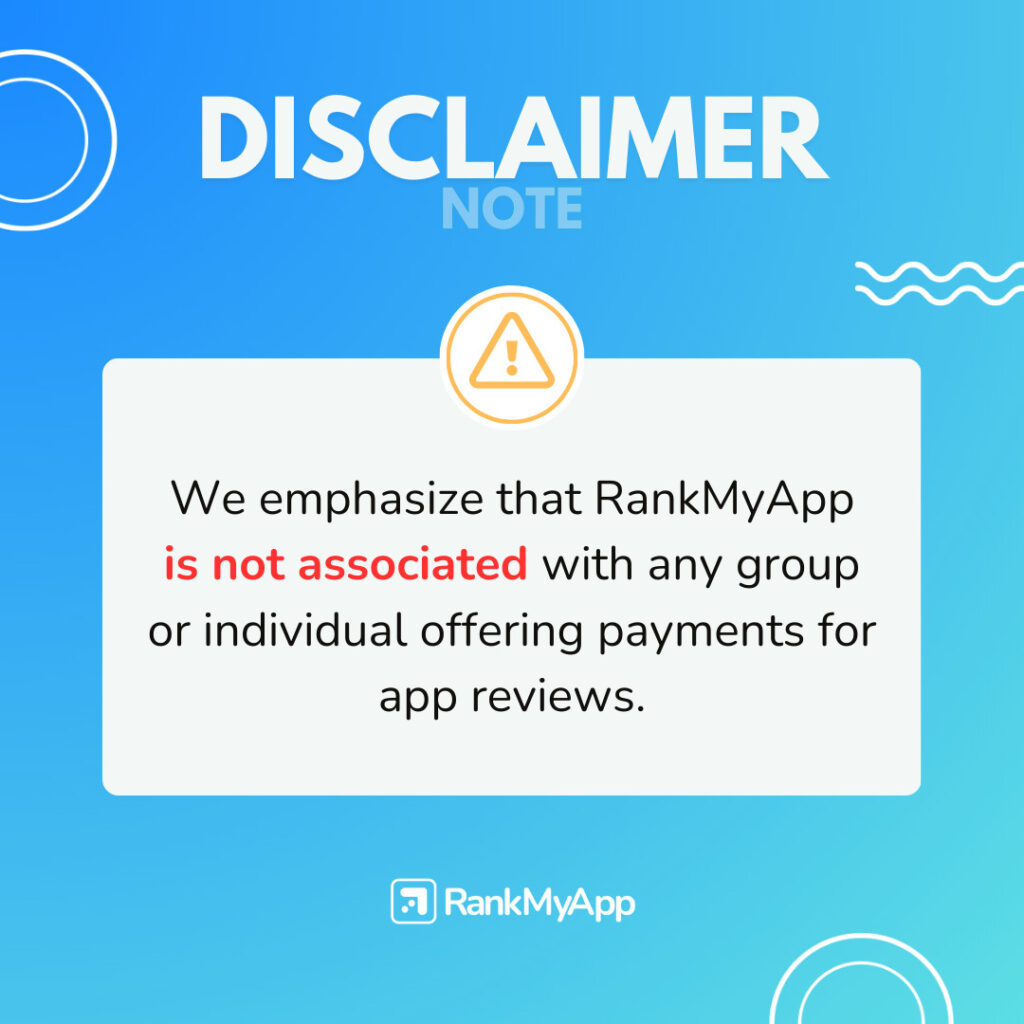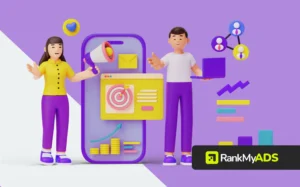App evaluation involves understanding the points that need to improve in an app and why they exist. Divided into steps, it gives a detailed look at an app, comparing it with competitors, getting detailed feedback analysis, improving ratings, upgrading features and increasing downloads.
This app evaluation is critical to the performance of an app because it listens to opinions of those who really have relevance: the users. But why user feedback is important? In this text, you will know the answer.
Ratings: the importance of the final note
The application rating is crucial to measure the performance of an app. Customers give app evaluation with grades 1 through 5 in app stores, and the final note is of great importance, since more consumers tend to download an app if it has five stars.
If you want to have knowledge focused only on people who have already used your app, some stores offer the option to select only reviews of users who have posted a review app, that is, those who have already downloaded the app.
Reviews: positioning is crucial
Another important factor for someone to download an app is the quality of reviews it has received in app stores.
Users who have already tested the app leave some comments and also stars (mentioned above).
This review data analysis can improve the comments your app receives in stores, and make it appear first when a user searches those stores. App stores work with an algorithm that takes into account the app rating. That is, that app that has only good reviews will always appear at the top of searches compared to others.
Of course, positioning in this app rank also involves other factors, such as layout images and keyword optimization.
Sentiment analysis: comments have impact
Sentiment analysis is linked to reviews and takes into account the user’s comment, along with app evaluation. Reviews are classified as positive, negative, neutral or mixed.
Prioritizing these factors is critical because, like any consumer, an app user wants to know if it works well. And it’s by looking at the reviews that this is going to be completed.
Encouraging users to give feedback
It’s no use being prone to analyzing the impact of your app on users’ lives if there is no user rating. In such situations, the app itself needs to ask for the customer’s opinion.
This should be done in a way that does not interrupt the process of using it. Ideally call it to action as soon as it opens the app or select the option to close it, as it will have finished use and will not risk having a pop-up disrupt.
Interact with your users
After evaluating and understanding your app’s user feedback, responding to these reviews is important to establish a healthy relationship with them. In this interaction, try to respond in a clear, positive and informative way.
For instance, if a negative comment is talking about an error, honestly answer the deadline for correcting the failure. Edit the response to keep the user up to date, and always leave the responses public for everyone to view.
Comments and notes from an app to some types of user feedback that can be the final deciding factor for someone to become a user of your app. Remember: the traditional way almost always works.
Talk to a specialist to know more about app evaluation
App evaluation can be uncomplicated with the right use of tools and the help of a professional. Count on one of RankMyAPP’s experts to leverage your app and improve your performance.






